
Mitsubishi i-MiEV Hatchback (2011-2015) engines, drive and performance
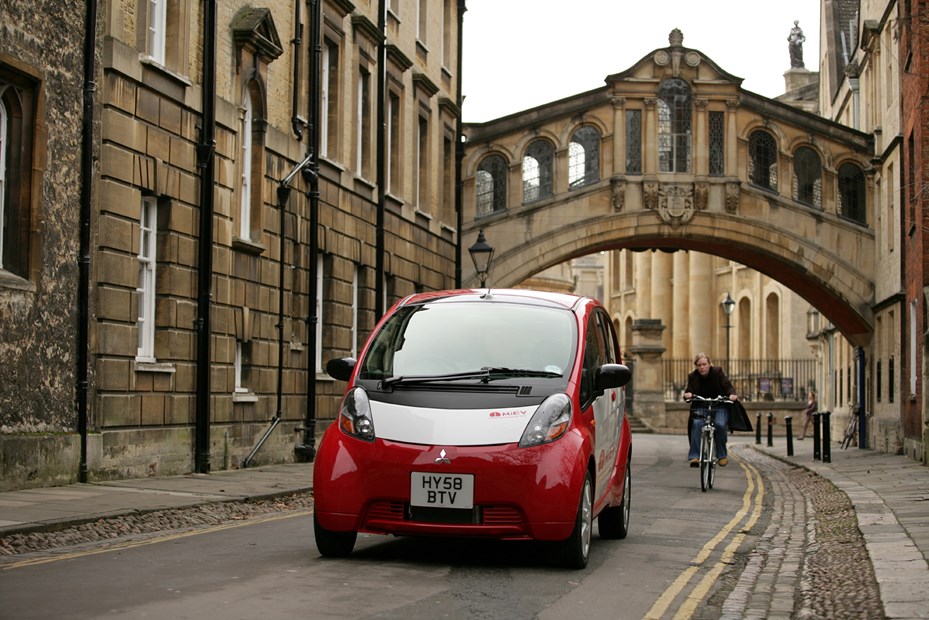
The first thing you notice about driving the i-MiEV is the instant pulling power, with all of the torque available from the moment you push the accelerator – 180Nm available from 0-2,000rpm to be precise. Don’t expect record-breaking velocity though; the motor boasts 49kW, which equals 66bhp in old money. The 0-62mph sprint is covered in 13 seconds but performance tails off significantly once you’ve crossed that threshold, while top speed is 87mph – if you can find a road long enough.
Although it can’t hold its own against conventional cars in performance terms, compared to the Peugeot iOn, the i-MiEV is quite a bit faster. It’s 2.9 seconds quicker to 62mph and 6mph quicker at the top end. Those are figures you’ll only really notice should you find yourself next to another EV at the ‘lights. This car isn’t about high speeds though, and the 0-30mph time of less than six seconds is much more relevant for the city streets it is likely to inhabit.
As well as reverse there are three forward modes for the one-speed CVT gearbox; D is normal driving, C reduces regenerative braking for cruising and B increases regenerative braking during downhill driving.
There’s a lot of bodyroll when cornering, which is a shame as a large part of the car’s bulk is low down in the chassis, meaning the potential for a ‘fun’ set-up is there. Its wallowy nature through bends can be forgiven though because this compromise means the ride is surprisingly compliant, absorbing bumps and holes in the road without any major drama.
The steering is light making tight manoeuvres a doddle, although it can be a disconcerting as you get up to near motorway speeds.


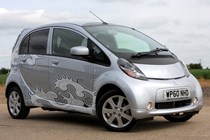
.jpg)
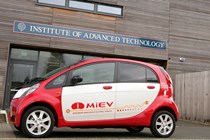
.jpg)
.jpg)
.jpg)
.jpg)
.jpg)
.jpg)

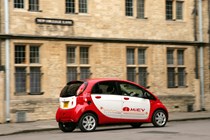
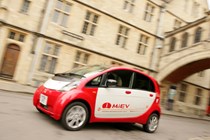
.jpg)
.jpg)
.jpg)
.jpg)
.jpg)
.jpg)
.jpg)
.jpg)
.jpg)
.jpg)
.jpg)
.jpg)
.jpg)
.jpg)
.jpg)
.jpg)
.jpg)
.jpg)
.jpg)
.jpg)
.jpg)
.jpg)
.jpg)
.jpg)
.jpg)
.jpg)
.jpg)
.jpg)
.jpg)
.jpg)
.jpg)
.jpg)
.jpg)
.jpg)
.jpg)
.jpg)
.jpg)
.jpg)
.jpg)
.jpg)

.jpg?quality=50)

.jpg?quality=50)
.jpg?quality=50)
.jpg?quality=50)
.jpg?quality=50)
.jpg?quality=50)
.jpg?quality=50)



.jpg?quality=50)
.jpg?quality=50)
.jpg?quality=50)
.jpg?quality=50)
.jpg?quality=50)
.jpg?quality=50)
.jpg?quality=50)
.jpg?quality=50)
.jpg?quality=50)
.jpg?quality=50)
.jpg?quality=50)
.jpg?quality=50)
.jpg?quality=50)
.jpg?quality=50)
.jpg?quality=50)
.jpg?quality=50)
.jpg?quality=50)
.jpg?quality=50)
.jpg?quality=50)
.jpg?quality=50)
.jpg?quality=50)
.jpg?quality=50)
.jpg?quality=50)
.jpg?quality=50)
.jpg?quality=50)
.jpg?quality=50)
.jpg?quality=50)
.jpg?quality=50)
.jpg?quality=50)
.jpg?quality=50)
.jpg?quality=50)
.jpg?quality=50)
.jpg?quality=50)
.jpg?quality=50)
.jpg?quality=50)
.jpg?quality=50)
.jpg?quality=50)
.jpg?quality=50)
.jpg?quality=50)
.jpg?quality=50)